
How to Build Muscle | Muscle-Building Nutrition | Muscle-Building Supplements | Hypertrophy Training | Strength Training | Chest Workouts | Back Workouts | Arm Workouts | Shoulder Workouts | Leg Workouts
You shouldn't feel like you don't have the ability to get bigger and stronger because you can't go to the gym. You can perform strength training exercises at home and still build muscle and strength. All you need is the right equipment. In this guide, we'll let you know what equipment you need to build a productive home gym for strength training.
We're also going to show you some of the best exercises you can do with limited options until you're able to secure all the items on our list. Last but not least, we'll give you a list of the best accessories to have safe and effective workouts within the comfort of your own home.
What You Need
If you're working with a budget and limited space, then you want to invest in the best bangs for your bucks. That means having equipment that can help you in multiple ways. We have five items here that you can purchase to help you get complete and intense workouts that will yield positive results, regardless of what your goals may be.
Squat Rack
A full squat rack that has safety arms can be a great tool to have. While the name references one exercise, you can do a lot more than just squats with it; you can bench press, shoulder press, perform rack pulls, and even do bent-over rows inside of a rack. Furthermore, if the rack has pull-up handles on the top, then you have a way to perform one of the most reliable upper-body exercises there is.
Barbell and Plates
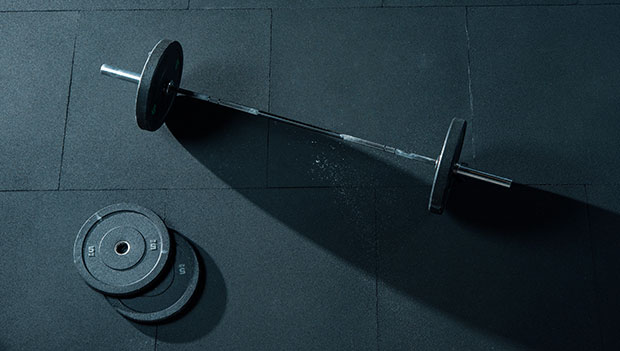
Once you have the place that you want to lift figured out, you need the things that you're going to lift. A quality barbell and weight plates are essential free-weight tools that can help you get bigger and stronger. You can train your entire body with a barbell, and the plates will help you change the resistance based on how you're training. If you have plates with grips, then they can even be used by themselves for exercises such as front raises, curls, and other movements.
Adjustable Bench
Having a basic flat bench would be a simple choice, but going with an adjustable weight bench offers more options. You can perform incline and decline movements, or you can set the bench so it's a seat for exercises such as shoulder presses. The bench can be used inside or outside of the squat rack, as well. Their versatility makes weight benches very valuable to have, regardless of what level of fitness you're at right now.
Dumbbells
Dumbbells allow you to train each side individually, and they force you to stabilize the weight because you're holding it with just one hand. Training with dumbbells can help you get bigger, stronger, and improve your balance and coordination.
There are fixed dumbbells, plate-loaded dumbbells, and adjustable dumbbells. The adjustable dumbbells are a good choice if you have a small home gym because they offer more weights with fewer space requirements. If you want to train heavier, then you should probably choose the plate-loaded option that allows you to add more plates or bigger plates if desired. Fixed dumbbells are going to take up space, and you may need a storage rack, but some lifters prefer to save time by easily switching from one pair to the next.
Resistance Bands
Cables and machines are great allies in your quest for size and strength, but they take up a lot of space. This is why resistance bands are a great investment; they allow you to perform movements similar to those that you would if you trained with machines. They increase in tension as they are stretched, and you have to control the release of that tension during the negative portion of the exercise. You can connect them to a high surface and perform exercises such as pull-downs or triceps push-downs. You can hook them at shoulder level for rows and presses, or you can stand on them and do curls or lateral raises.
Accessories for Safety
If you're planning to do strength training at home, then you need accessories that will allow you to do so safely. All of these items can be purchased in most sporting goods stores as well as online.
Weight Belt
A weight belt helps support your core and lower back when you're performing exercises such as squats, deadlifts, overhead presses, or barbell rows. Some lifters feel comfortable wearing one throughout an entire workout, while others feel they don't need it at all. But if you have lower back issues or feel your core isn't strong enough, then a belt would be a great choice. You can wear either a velcro belt or a belt with a buckle.
Sleeves
Knee sleeves and elbow sleeves are used to compress the areas around the joints to provide support and prevent possible damage to the tendons and ligaments in those areas. They can help provide a little assistance when it comes to moving weight, but it isn't enough to substantially increase your numbers. Knee sleeves are great to have for lower-body training, while elbow sleeves can help you with pressing movements.
Knee and elbow wraps are another option, but if they are applied incorrectly, it can actually be counterproductive. Sleeves are usually the better choice between the two options.
Lifting Straps
Some lifters can't complete sets because their grip gives out before the working muscles do. This is when lifting straps can be beneficial. The strap loops around your wrist, and you wrap the rest of the strap around the bar or handle to provide grip support. This can help you keep the weights in your hands until the set is over. Dropping them too soon can cause damage to the floor or result in injury if it lands on your foot.
Best Dumbbell Exercises to Perform at Home
The list we just shared is short, but it can still take some time and money to order all of those items and set up your home gym the way you want it. This is why the first thing you should order on that list is dumbbells. They are portable and versatile, which makes them a great asset to have. Since it might take a while to fully outfit your home gym, here are three dumbbell exercises and three bodyweight exercises that you can combine for an effective full-body muscle-building workout at home.
Standing Dumbbell Press
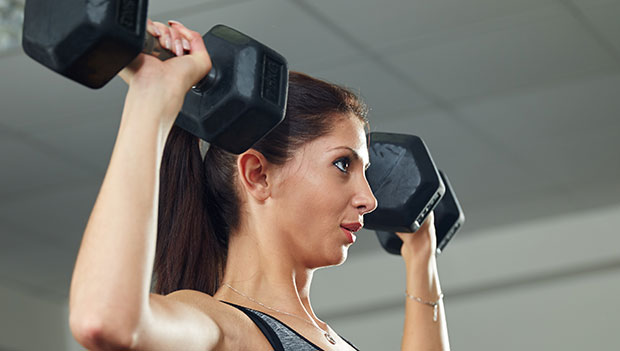
Stand with a dumbbell in each hand. Lift the dumbbells up so they are at shoulder height with your palms facing away from you. Press the dumbbells up until your arms are straight over your head. Slowly lower the weights back to the starting position and repeat.
Dumbbell Pull-over
Lie on the floor with one dumbbell held in both hands by one end so the end is balanced on your palms. Press the dumbbell up so it is at arms' length over your chest. Keeping your arms straight, drop your arms back until the weight is behind your head. Slowly let the dumbbell touch the floor behind you, but don't let it go. You should feel a stretch in your back. Lift the weight back up so it goes back over your head and to the starting position above your chest. Repeat.
Stiff-Legged Dumbbell Deadlift
Stand tall with a dumbbell in each hand down by your sides. Hinge at the hips and slowly bend over while keeping your legs as straight as possible. The dumbbells should be lowering toward the floor. Go as far down as you safely can. You should feel a stretch in your hamstrings and glutes. Once you reach the bottom position, slowly bring your hips forward and come back up to the starting position. Flex your glutes at the top of the movement. Release the contraction in your glutes and repeat to get a great leg workout.
Best Bodyweight Exercises to Perform at Home
Push-up with Feet Elevated
Get into a push-up position, then lift your feet up onto a bench, step, or chair behind you. This will shift the focus of the exercise to the upper chest as well as the shoulders. Perform push-ups as you normally would in this position. Once you reach failure, you can lower your feet down to the floor and continue performing more reps.
Jump Squat
Stand with your feet shoulder-width apart with your toes pointed out. Keep your arms to your sides. Squat down until your thighs are parallel with the floor and pause briefly. Generate as much power as you can and come up out of the bottom position by jumping as high as you can. Once you land on your feet, reposition yourself and repeat.
Reverse-Grip Pull-up
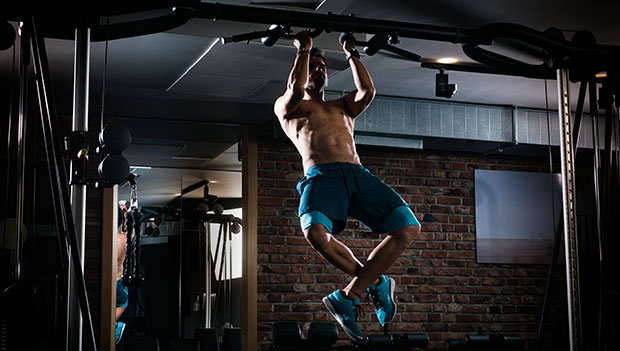
Start under a pull-up bar, beam, support, or even a tree branch that can support your body weight. Jump or reach up and take an underhand grip on the bar or beam. Hang at arms' length for a second to prepare yourself. Using your back and biceps, pull yourself up until your eyes clear the object you're holding. Slowly lower yourself back to the starting position and repeat.
Workout Routine
This workout can be performed before a run, in the morning, or whenever you have around 20 minutes to train. This workout can help you start your muscle-building journey until you have the other items we suggested to complete your home training set-up.
- Standing dumbbell press: 3 sets of 10-15 reps
- Push-up with feet elevated: 3 sets of 10-15 reps
- Dumbbell pull-over: 3 sets of 10-15 reps
- Reverse-grip pull-up: 3 sets of 10-15 reps
- Stiff-legged dumbbell deadlift: 3 sets of 10-15 reps
- Jump squat: 3 sets of 10-15 reps
Note: Rest for 60-90 seconds between sets.
How to Build Muscle | Muscle-Building Nutrition | Muscle-Building Supplements | Hypertrophy Training | Strength Training | Chest Workouts | Back Workouts | Arm Workouts | Shoulder Workouts | Leg Workouts
About the Author

Roger "Rock" Lockridge has worked in the fitness industry for 20 years in a variety of roles, including as a personal trainer, fitness class instructor, supplement advisor, nutritionist, and most notably as a writer since 2009. He's contributed to numerous publishing brands, including Men's Health, Muscle & Fitness, BarBend, Bodybuilding.com, and Iron Man Magazine, sharing information on training, nutrition, supplementation, motivation, profiles on world-class athletes, and strength sports news.
He's also competed in various bench press contests and the Arnold Sports Festival's 5K Pump & Run three times. His personal transformation story has been featured by Men's Health, Bodybuilding.com, and others.
Get ACTIVE on the Go


Couch to 5K®
The best way to get new runners off the couch and across the finish line of their first 5K.
Available for iOS | Android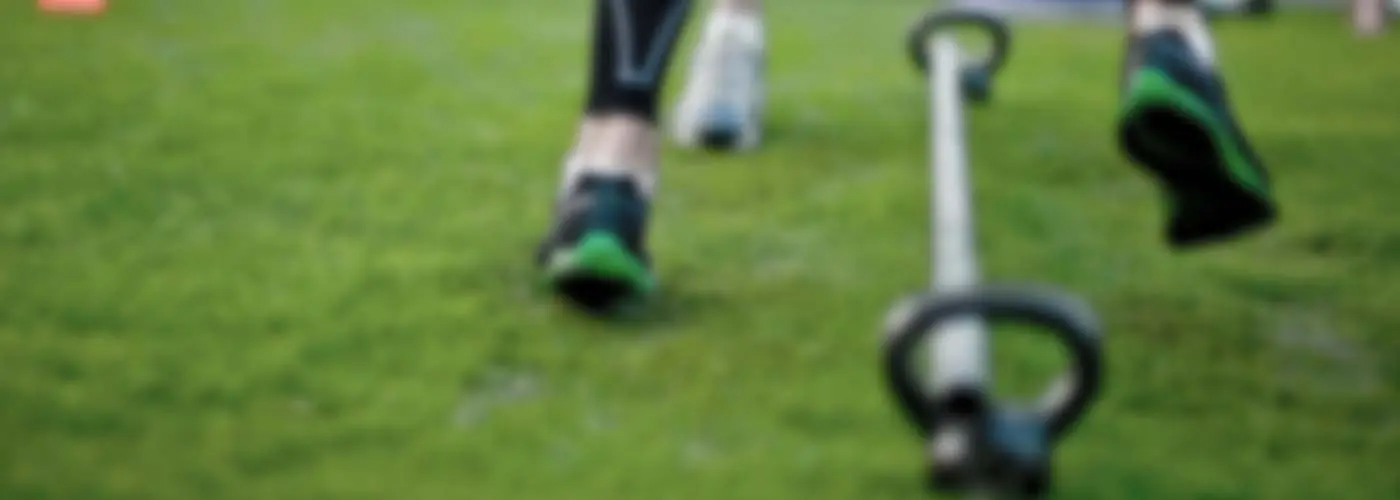





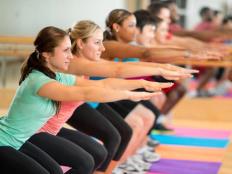


Discuss This Article